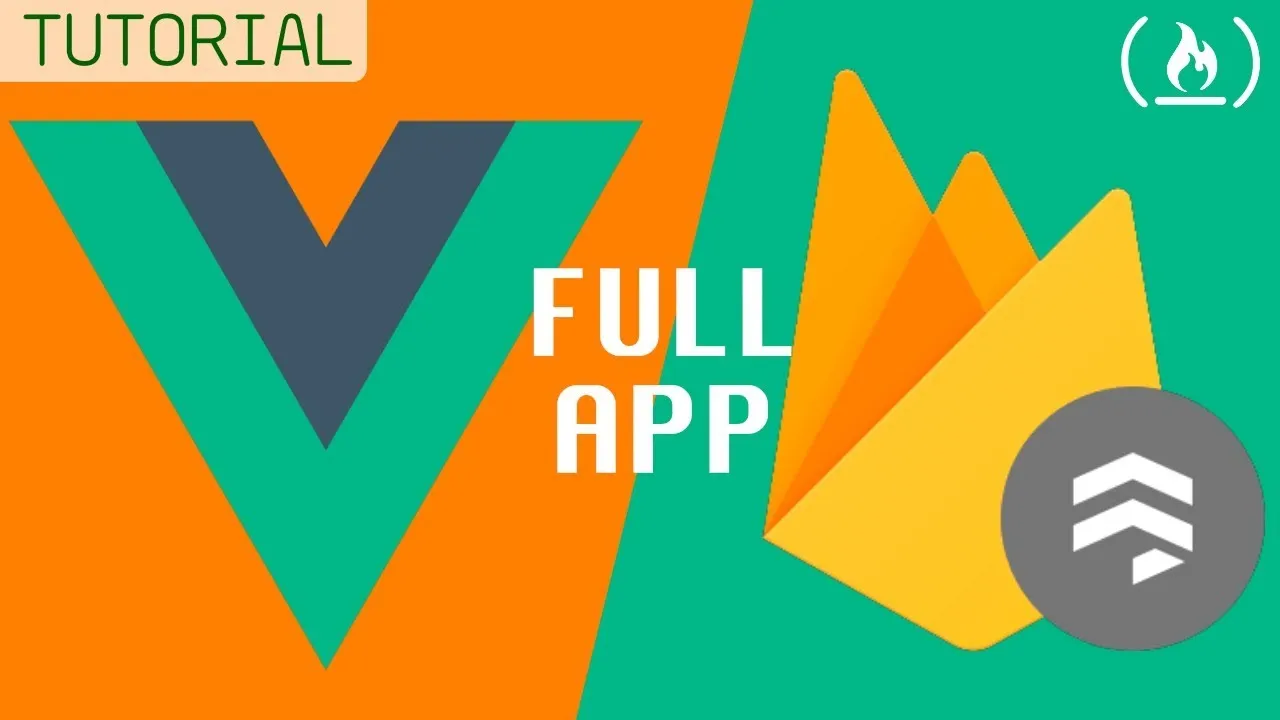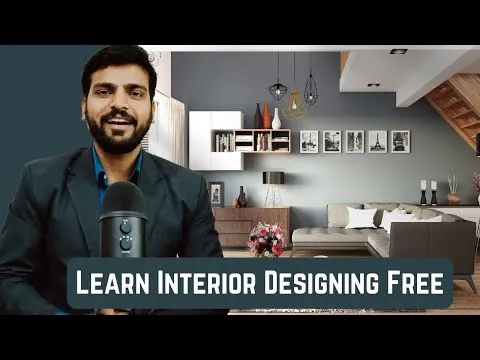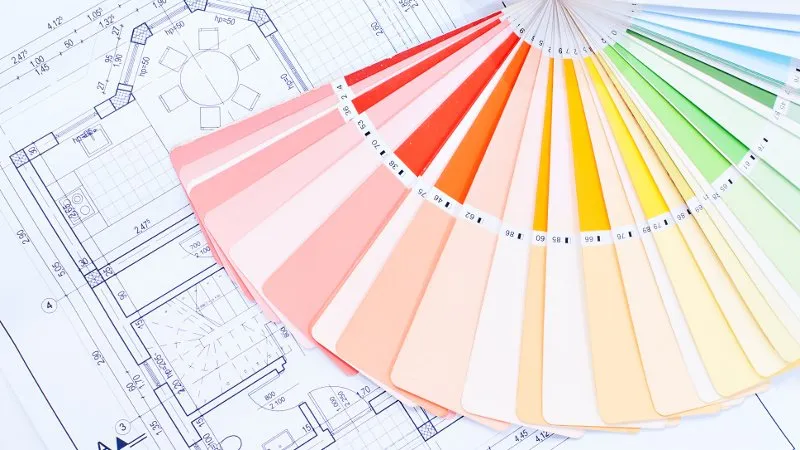
Mood Board Creation: Communicate Concepts Effectively 
Creating a mood board is an effective way to communicate concepts and ideas. Through the combination of colors, materials, text, and images, a compelling visual representation of a vision can be created, leaving a lasting impression on the audience. ▼
ADVERTISEMENT
Course Feature
![]() Cost:
Cost:
Paid
![]() Provider:
Provider:
Domestika
![]() Certificate:
Certificate:
No Information
![]() Language:
Language:
English
Course Overview
❗The content presented here is sourced directly from Domestika platform. For comprehensive course details, including enrollment information, simply click on the 'Go to class' link on our website.
Updated in [March 06th, 2023]
This course, Mood Board Creation: Communicate Concepts Effectively, provides an overview of the essential components of a mood board and how to create one from scratch. Participants will learn about the function of a mood board and the benefits of creating a haptic mood board in an increasingly digital world. Gudy will discuss some of the most common mistakes that people make when creating mood boards and how to avoid them. Participants will also learn how to choose the message they want to convey and how to translate it into an effective mood board while keeping their audience in mind. Additionally, composition techniques such as overlapping and text placement will be explored. The significance of negative space and how to use it will be examined, as well as how to structure focus to emphasise specific concepts and elements. Finally, participants will learn how to use colour to convey a message. At the end of the course, Gudy will guide participants through the creation of a mood board from scratch using all of the techniques covered in the course.
[Applications]
After taking this course, participants can apply the knowledge they have gained to create effective mood boards for their own projects. They can use the techniques discussed to structure their boards, such as overlapping, text placement, and the use of negative space. Participants can also use colour to convey a message and structure focus to emphasise specific concepts and elements. Additionally, they can create haptic mood boards to engage their audience and leave a lasting impression.
[Career Paths]
1. Visual Designer: Visual designers create visuals for websites, apps, and other digital products. They use a variety of tools, such as Adobe Photoshop and Illustrator, to create visuals that are both aesthetically pleasing and functional. Visual designers must have a strong understanding of design principles, such as color theory, typography, and composition. As technology advances, visual designers must stay up-to-date on the latest trends and techniques to create the most effective visuals.
2. UX Designer: UX designers are responsible for creating user experiences that are both intuitive and enjoyable. They must have a deep understanding of user behavior and be able to create designs that are both visually appealing and functional. UX designers must be able to create wireframes, prototypes, and user flows to ensure that the user experience is optimized. As technology advances, UX designers must stay up-to-date on the latest trends and techniques to create the most effective user experiences.
3. Brand Designer: Brand designers create visuals that represent a company’s brand. They must have a strong understanding of design principles, such as color theory, typography, and composition. Brand designers must be able to create visuals that are both aesthetically pleasing and functional. As technology advances, brand designers must stay up-to-date on the latest trends and techniques to create the most effective visuals.
4. Motion Designer: Motion designers create visuals that move. They use a variety of tools, such as Adobe After Effects and Cinema 4D, to create visuals that are both aesthetically pleasing and functional. Motion designers must have a strong understanding of design principles, such as color theory, typography, and composition. As technology advances, motion designers must stay up-to-date on the latest trends and techniques to create the most effective visuals.
[Education Paths]
Recommended Degree Paths:
1. Graphic Design: Graphic design is a creative field that combines art and technology to communicate ideas. It involves the use of typography, photography, illustration, and other visual elements to create visual solutions for a variety of communication needs. Graphic design is a rapidly growing field, with the demand for skilled professionals increasing as businesses and organizations look to create more engaging and effective visual communications.
2. Visual Communication: Visual communication is the use of visual elements to convey information and ideas. It is a form of communication that uses images, symbols, and other visual elements to convey a message. Visual communication is used in a variety of contexts, from advertising and marketing to education and entertainment. It is an important tool for businesses and organizations to communicate their message to their target audience.
3. Digital Media: Digital media is the use of digital technology to create, store, and distribute content. It includes a variety of media, such as video, audio, images, and text. Digital media is used in a variety of contexts, from entertainment and education to marketing and advertising. It is an important tool for businesses and organizations to reach their target audience.
4. Interaction Design: Interaction design is the practice of designing interactive products and services. It involves the use of user research, prototyping, and usability testing to create products and services that are easy to use and enjoyable to interact with. Interaction design is a rapidly growing field, with the demand for skilled professionals increasing as businesses and organizations look to create more engaging and effective user experiences.
Course Syllabus
The Purpose of a Mood Board
Elements of a Mood Board
Haptic Mood Board in a Digital-Driven World
Course Provider

Provider Domestika's Stats at AZClass
They believe that creating a mood board is an effective way to communicate concepts and ideas. Combinations of colour, material, text and imagery can create compelling visual representations that leave a lasting impression on viewers. You'll learn what a mood board is for and how to use it to communicate concepts effectively. You'll also explore the basic building blocks of mood boards, such as colour, imagery, and text, and how to use them to create a compelling end result. You'll discover some of the most common mistakes people make when creating mood boards, and how to avoid them.
Discussion and Reviews
0.0 (Based on 0 reviews)
Explore Similar Online Courses

Vuejs & Firestore Tutorial - Full Project

109: Evolutionary Ethics

Python for Informatics: Exploring Information

Social Network Analysis

Introduction to Systematic Review and Meta-Analysis

The Analytics Edge

DCO042 - Python For Informatics

Causal Diagrams: Draw Your Assumptions Before Your Conclusions

Whole genome sequencing of bacterial genomes - tools and applications

Learn Interior Desiging Free Interior Designing Course

Interior Design Basics & Principles


Start your review of Mood Board Creation: Communicate Concepts Effectively